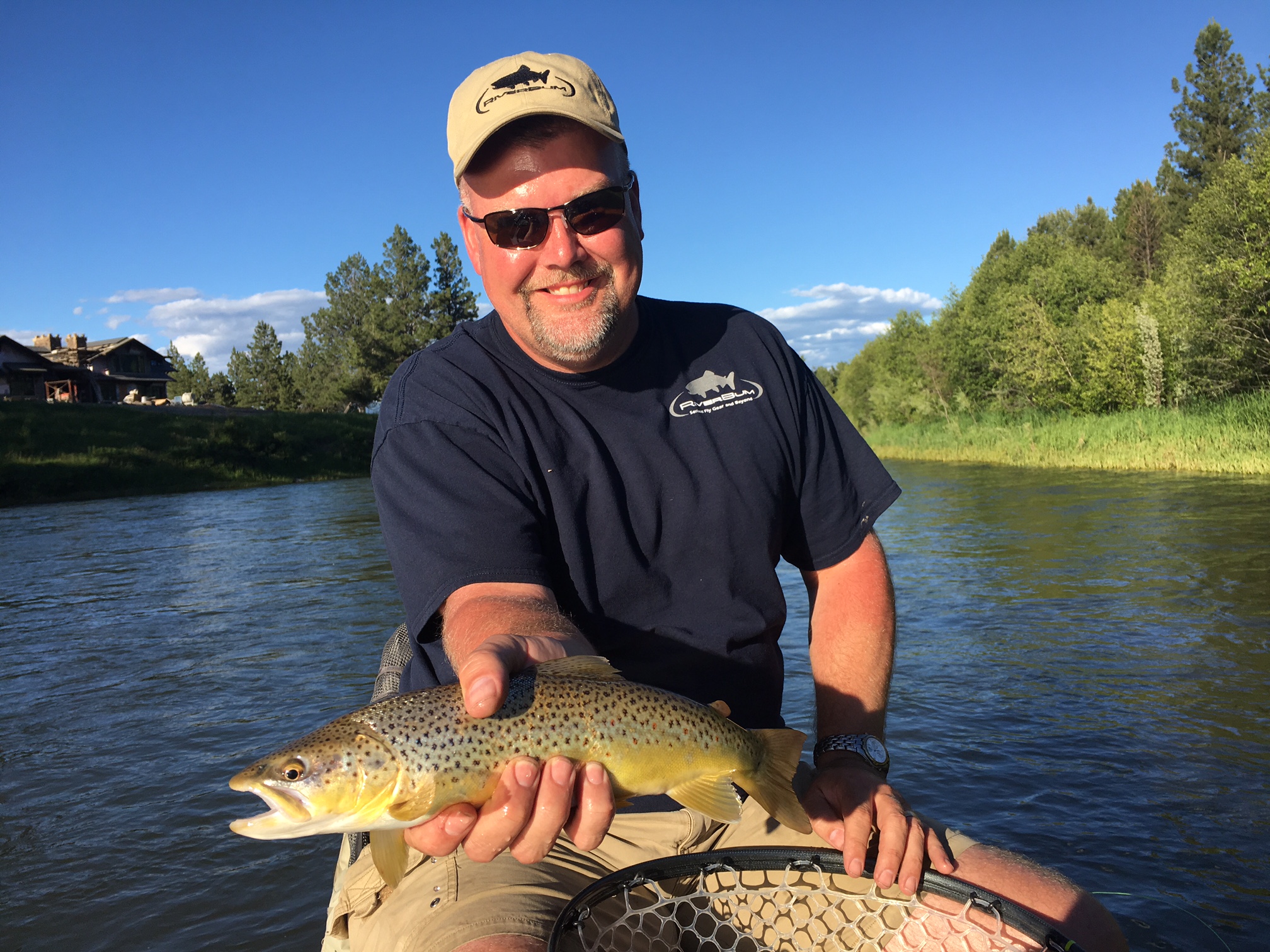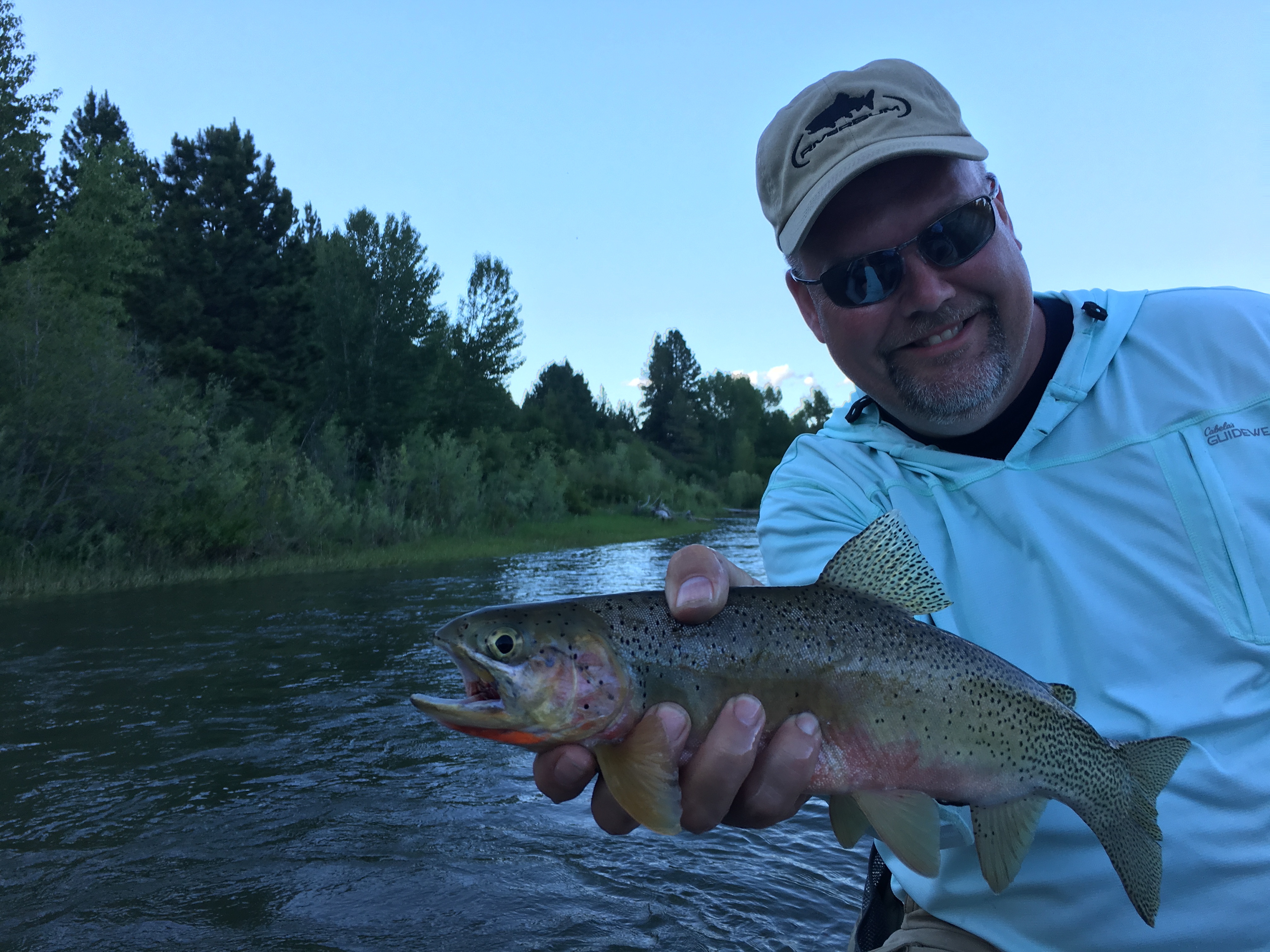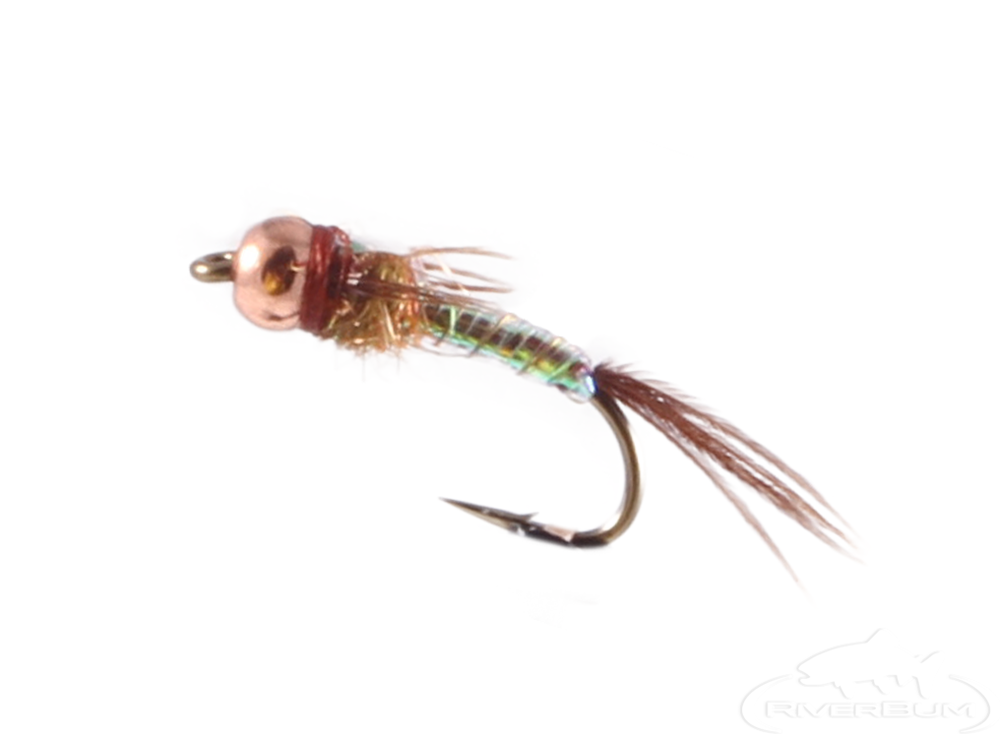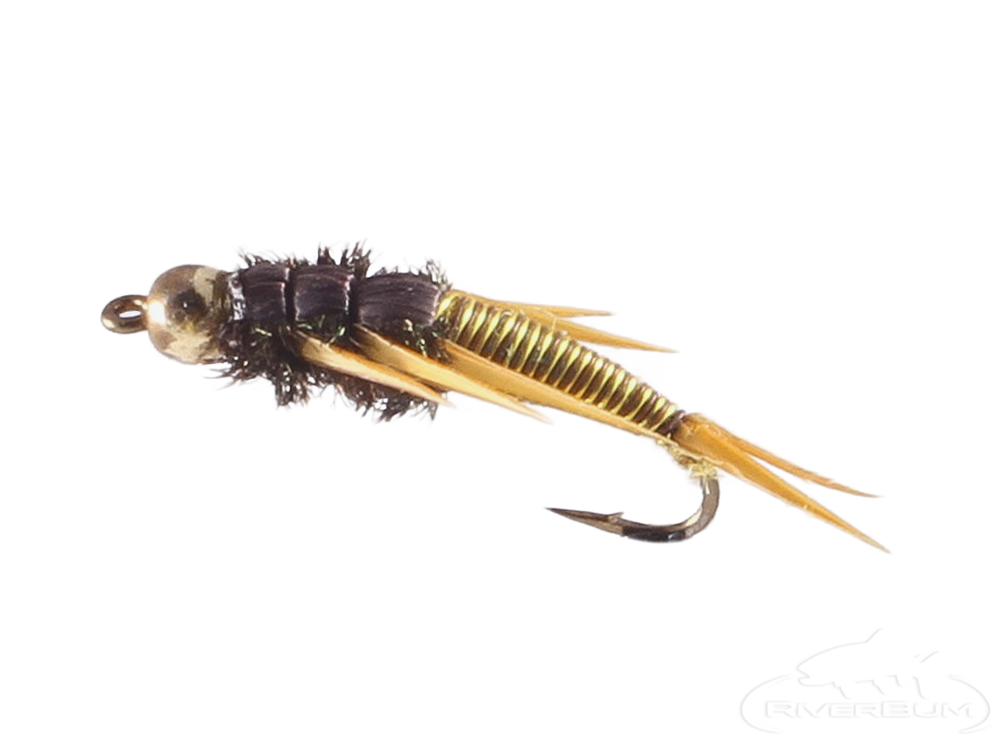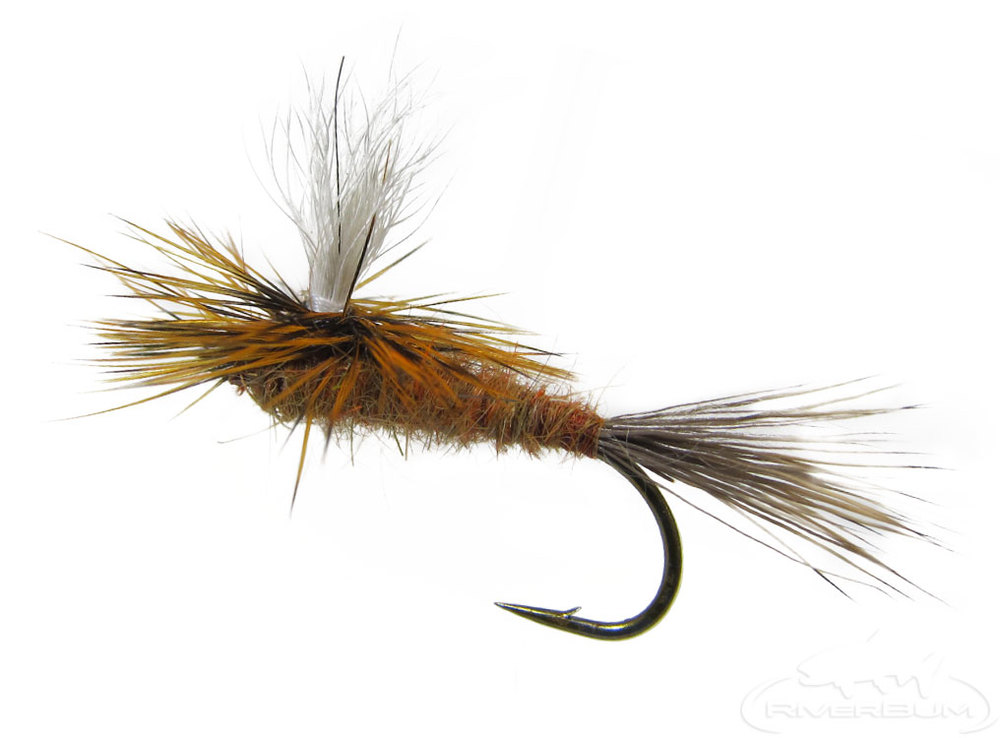Montana Bounty - Fly Fishing a Double Nymph Rig
I’ve been doing a lot more nymphing lately. There’s a couple reasons, I want to improve my skills, you certainly catch more fish with is a decided plus when I take my 12 year old daughter Madison with me, and it doesn’t seem to get the love that other methods do.
When I was in Montana fishing with Jim Mitchell of Montana Hunting and Fishing Adventures, we nymph fished quite a bit. The Salmon Fly Hatch was not exactly ON, by any stretch. We would Nymph in the morning, and hit the dries for the evening hatch. We crushed them on the Lightning Bug and Stone Flies in the morning, and the brindle chut was the bug of choice in the evening. It easily out fished every other dry 5-1.
Naming Convention in Fly Fishing
When you attach a fly to end of your tippet, that fly becomes what is called the Point Fly. Many people fish this way, with one fly. There are certainly times when it is advantageous to do so. I’m thinking Silver Creek during a Trico hatch. When you add a second, or maybe even third, fly to your line, those additional flies attached are called droppers.
The Rig
I most always tie on two flies for whether it dry, wet, or nymphing. This was no exception. How we tied geared them up, now that was the difference. There really are three ways to rig up a hopper dropper set up.
1.The dropper fly is attached to the bend of the hook of the point fly
2.The dropper fly is attached to a tag end of leader ahead of the point fly
3.The dropper fly is attached to a tippet section tied to the eye of the point fly.
When I dry fly fish, I’ll go big bug as the Point Fly, small bug as the dropper tied off from the bend of the hook on the big bug with about 18”-24” of tippet. On a nymph rig, I do just the opposite. First, I tie on the small bug as the Point Fly. Second, I thread my tippet through the eye of the small bug and use my big bug as the dropper.
This does a couple of things. Since the heavier bug is on the bottom, it will get both bugs down. Secondly, the presentation of your top bug is more natural. Think about it for a second. If you tie on to the bend of the hook, that first fly is going to drift belly first and in the vertical position. If you tie it off the hook, it’s going to be horizontal in the water. What do you think will look more natural? The results told me this was the way to go.
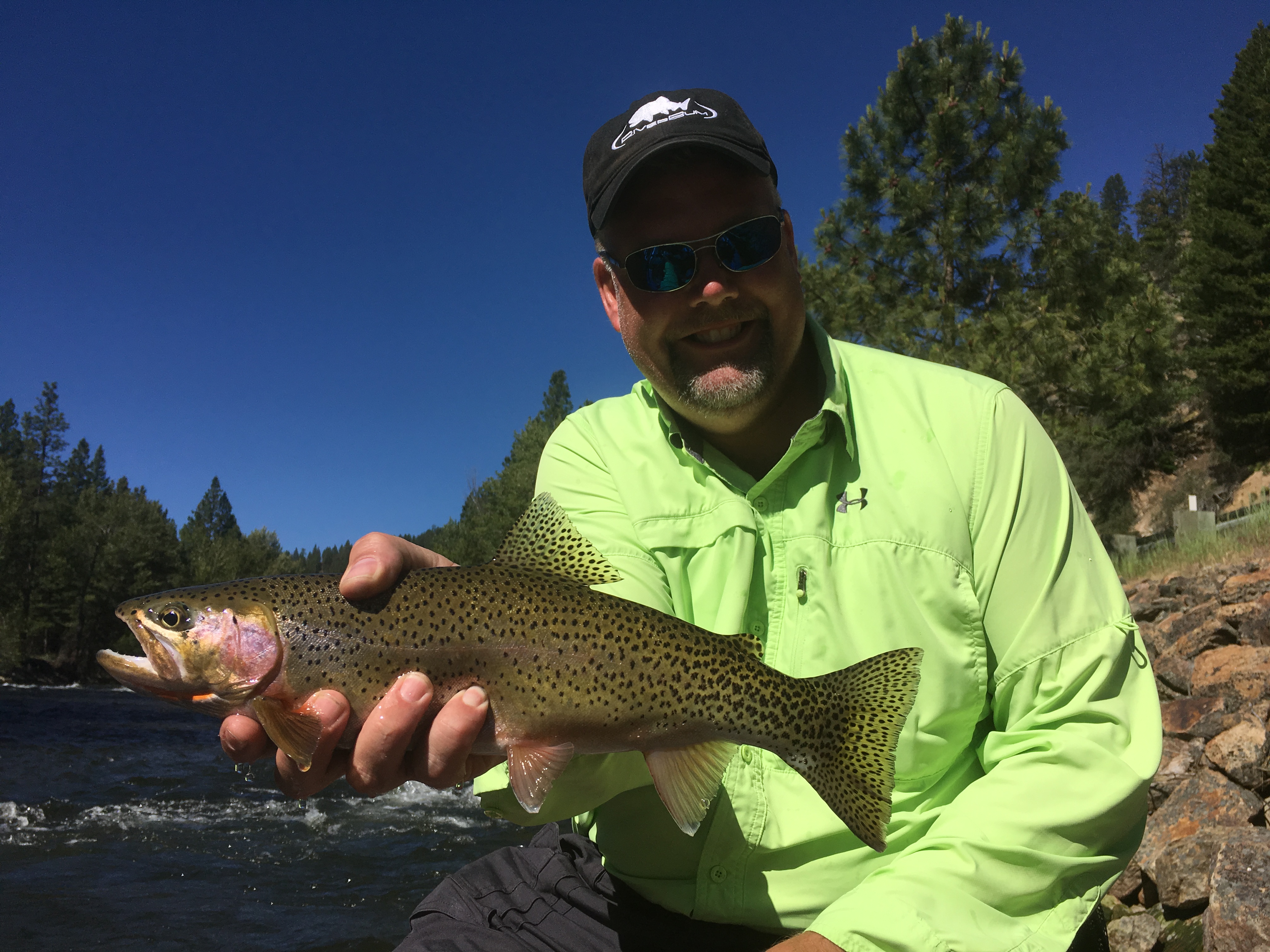
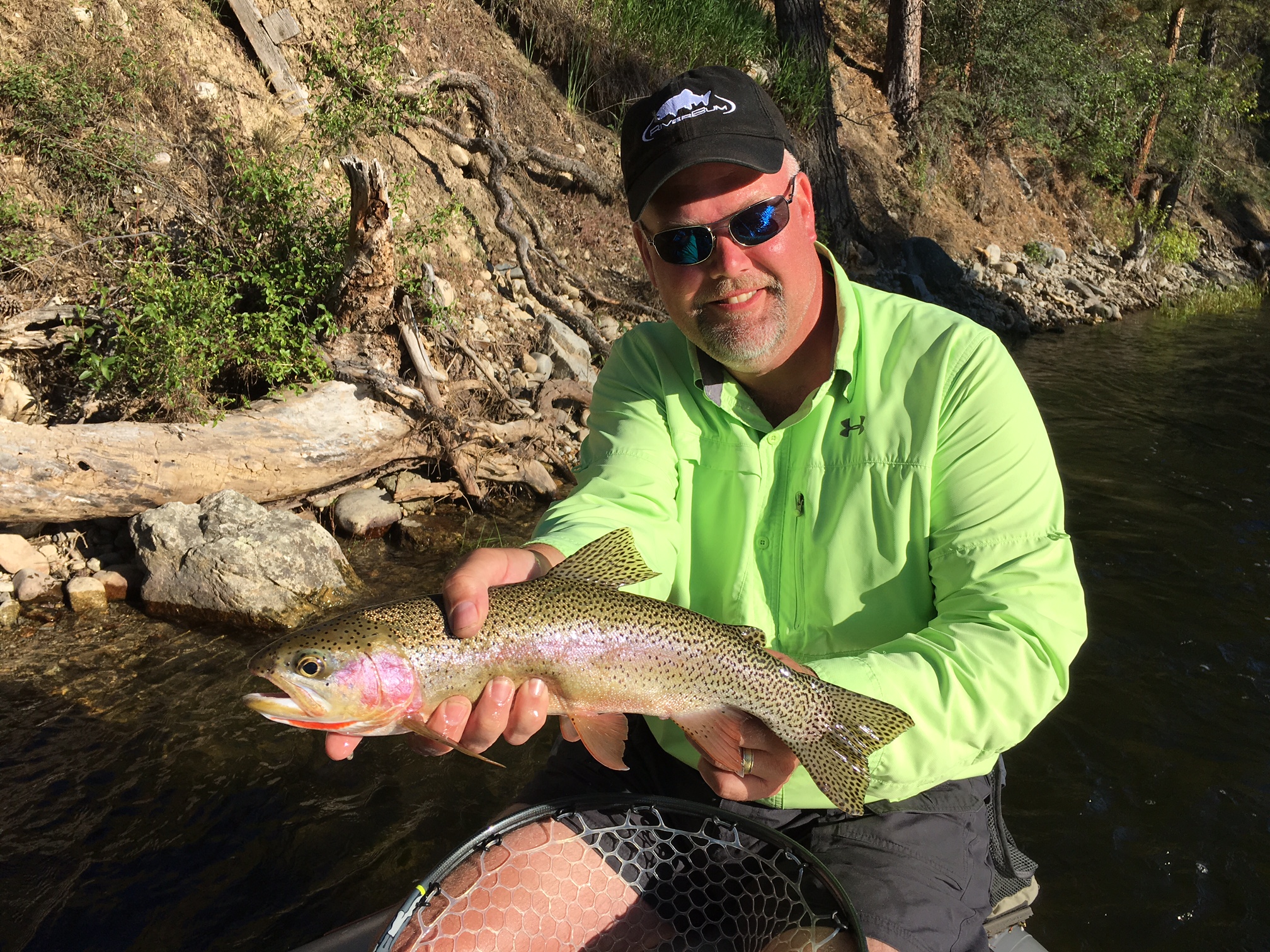
When and Where to Fly Fish
Firstly, make sure it is legal. Some places won’t allow you to fish tandem rigs, so start with that. That being said, I’ve got few rules of thumb that I’ve figured out over the years that I’m happy to share. When I’m fishing to dries, I always tie off to the bend of the hook. The same goes for when I’m fishing a dry and a nymph.
If I’m fishing two wet flies or a dry and a wet, I’ll go with option 2 above where I leave a long tag and I’ll tie off the wet fly on it. You’re going to get tangled a bunch, so you’ll need to check your line often, but I’ll use this technique in some of the more challenging situations as I believe it lets both flies drift more naturally. Lastly, whenever I do a double nymph rig, it’s always dropped of the eye of the point fly.
Tight Lines and Screaming Drags
